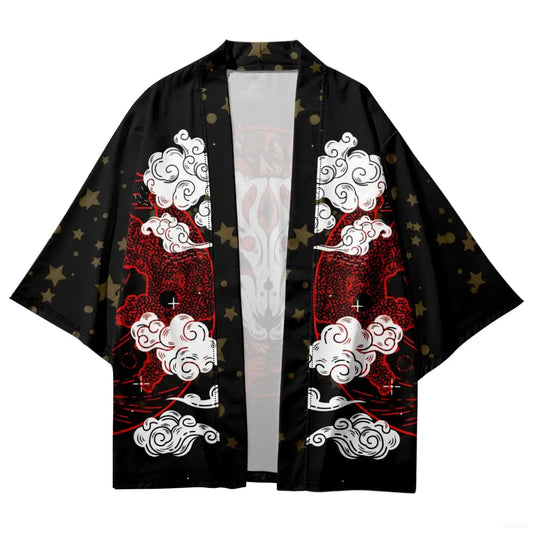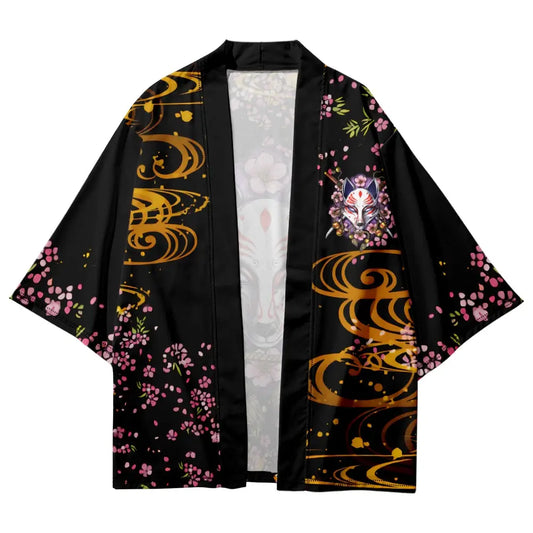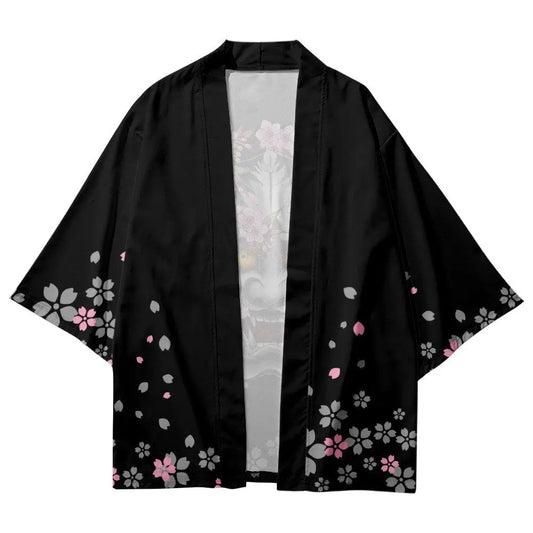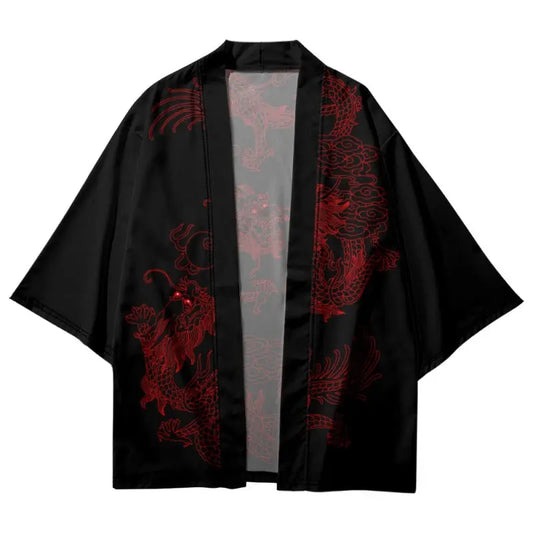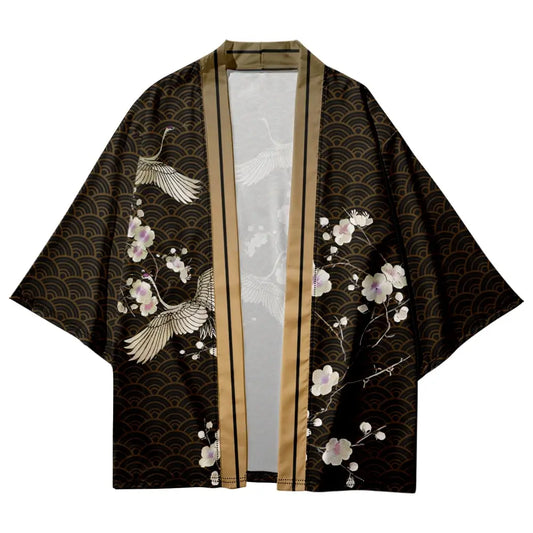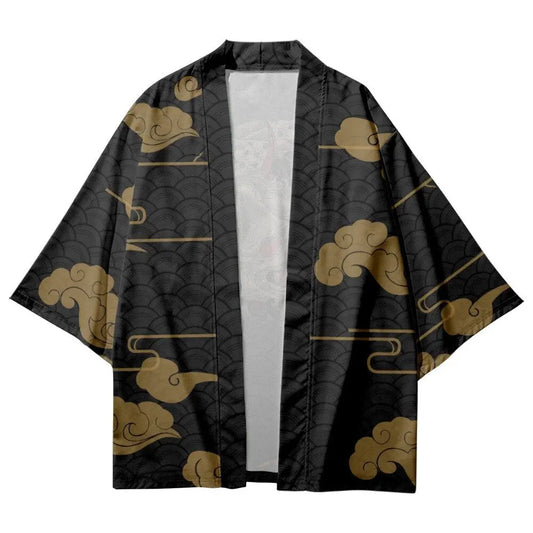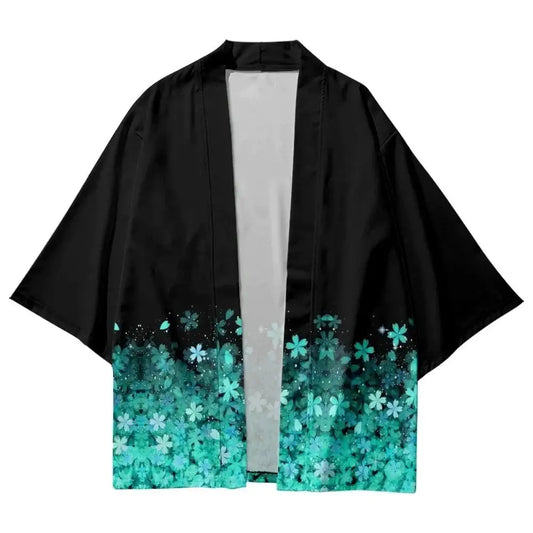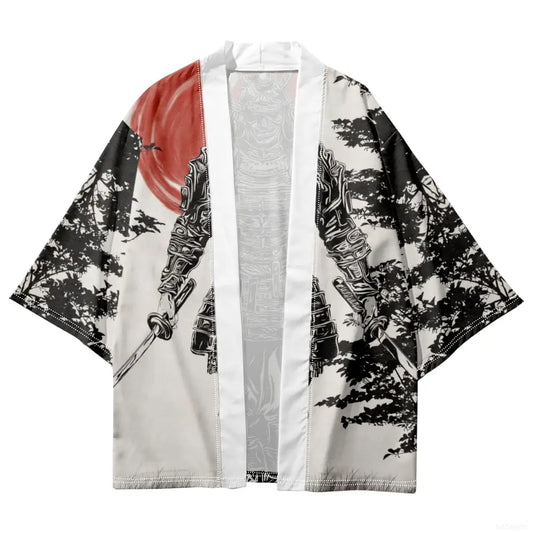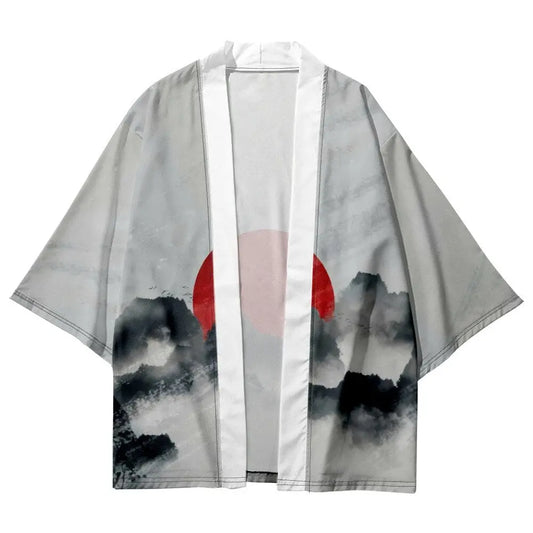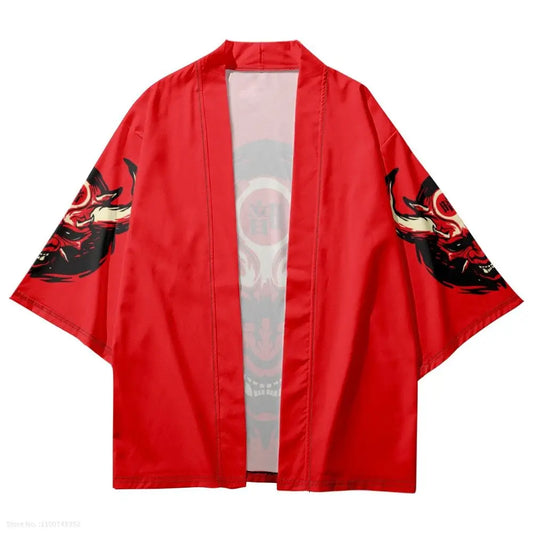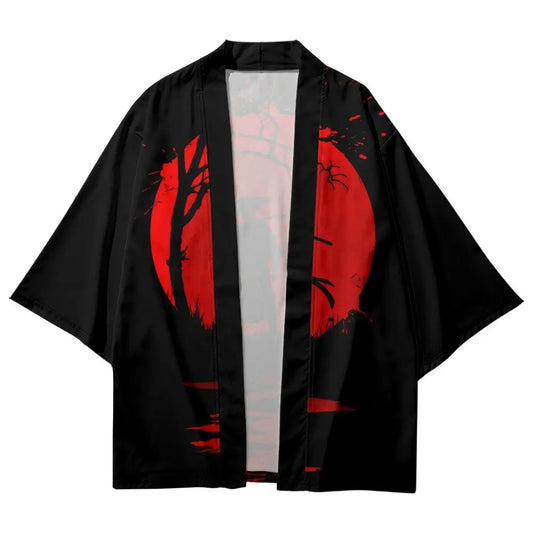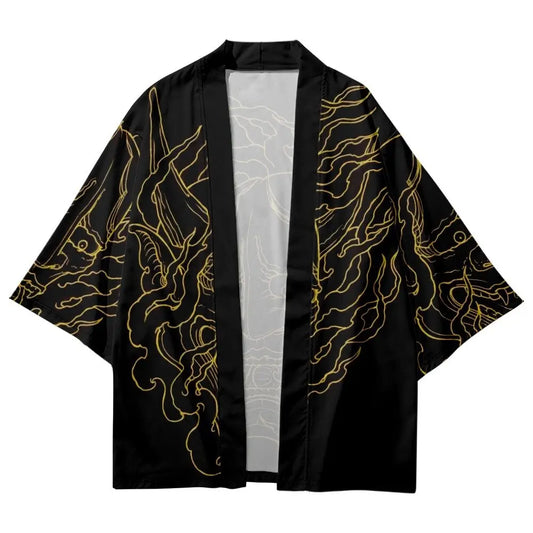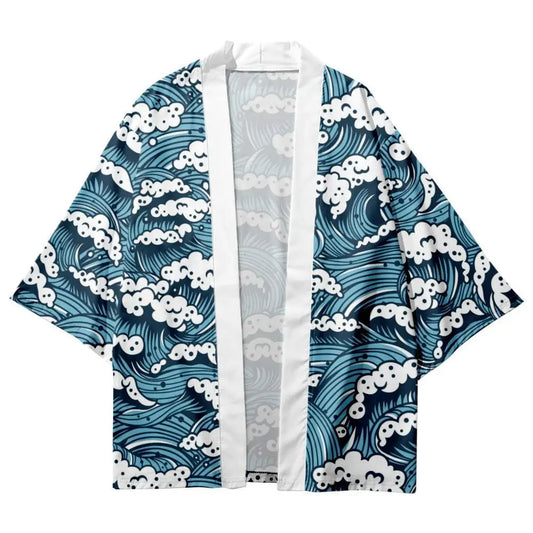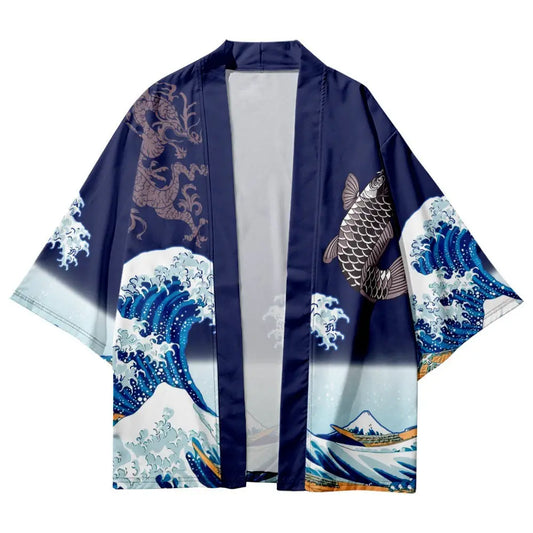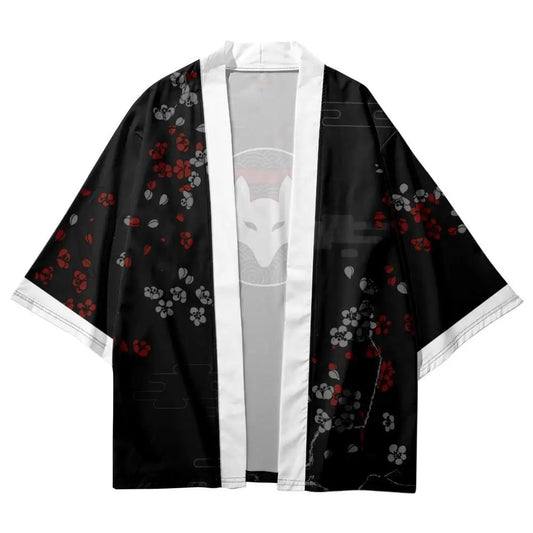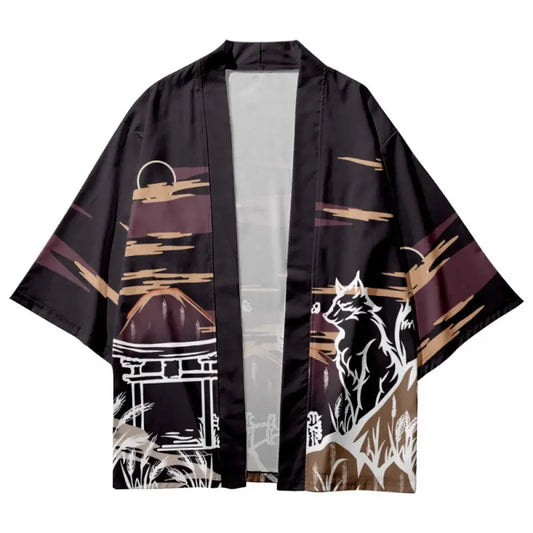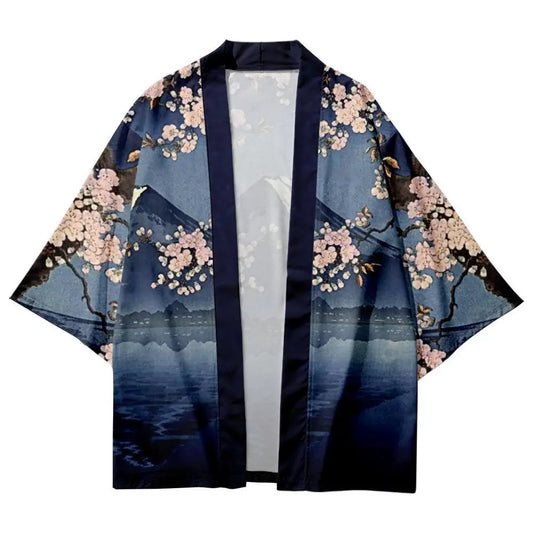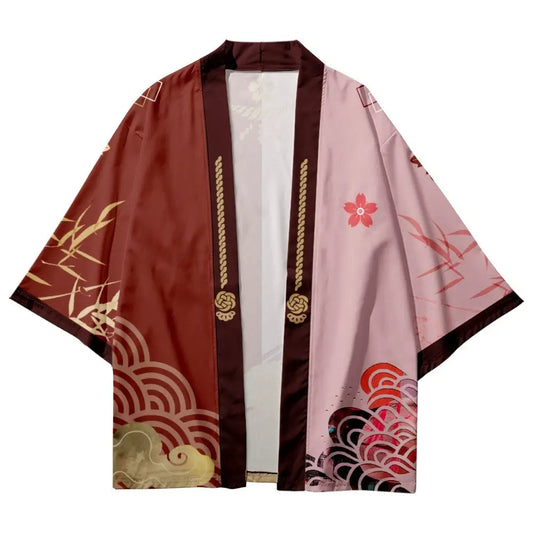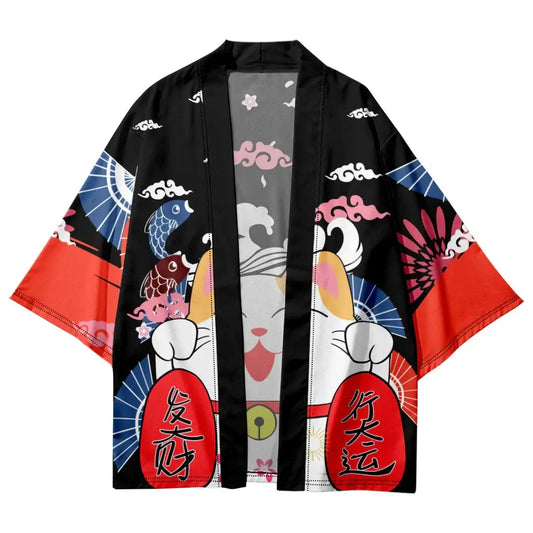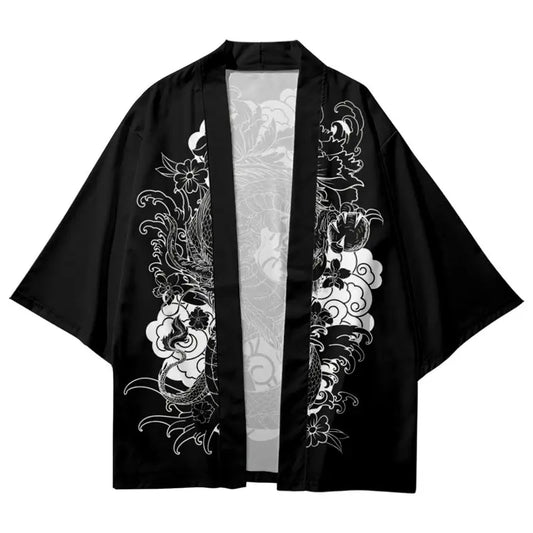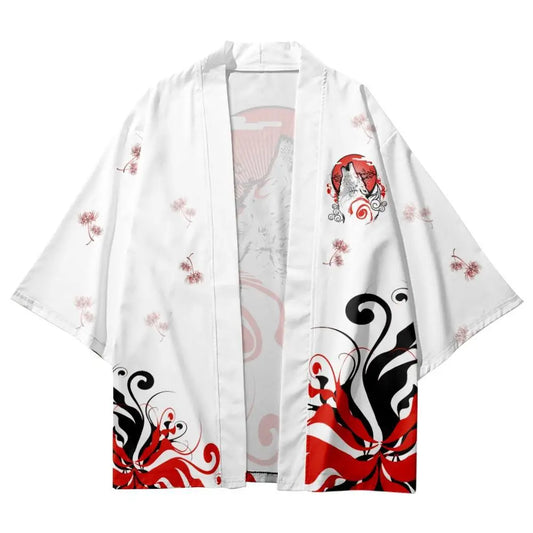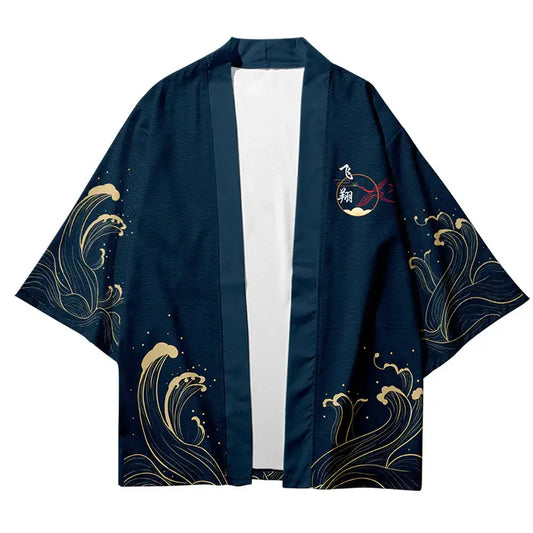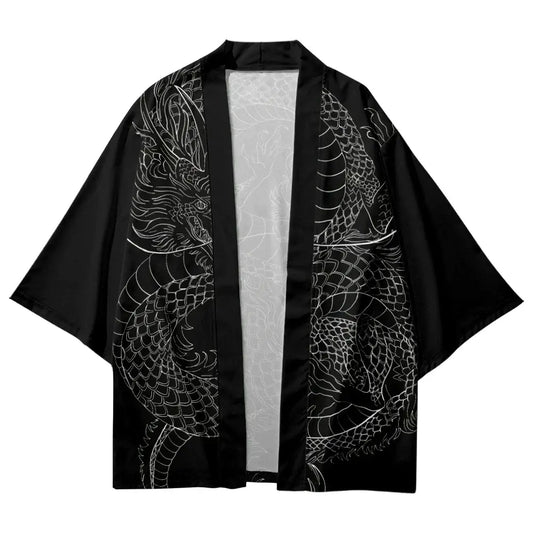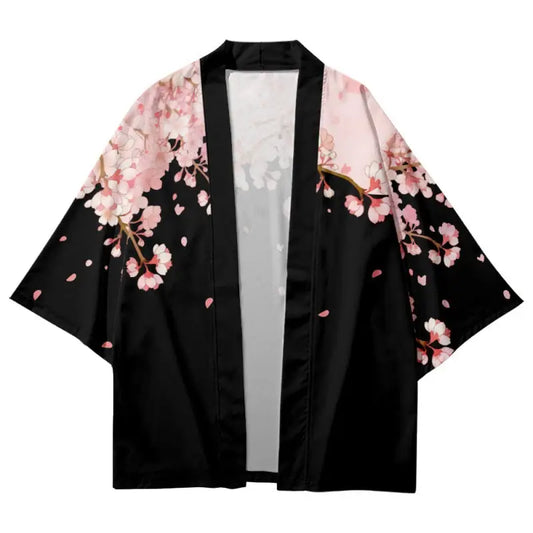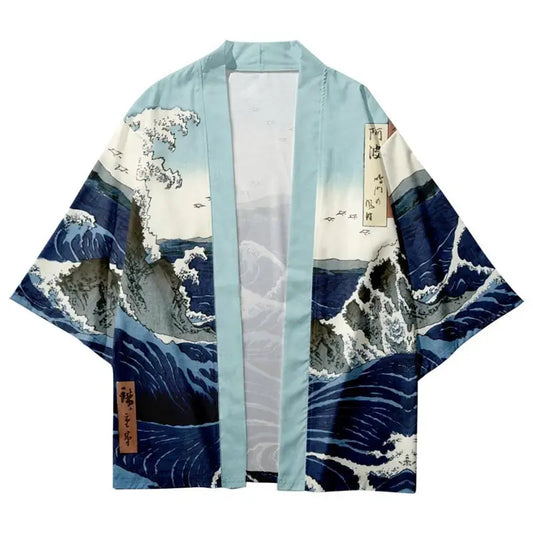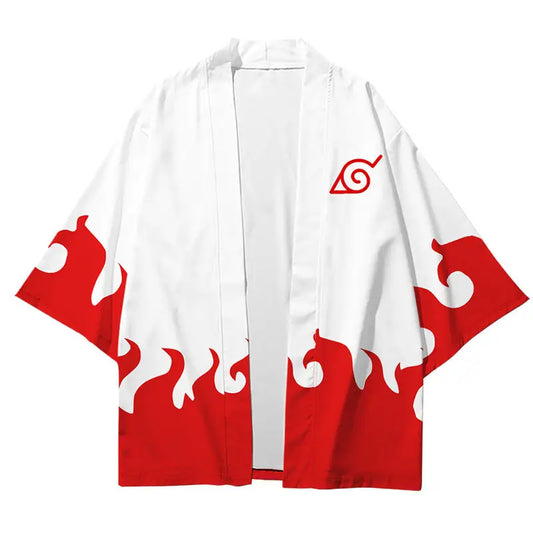Discover the Timeless Charm of the Haori
Step into the world of refined elegance and cultural sophistication with the Haori, a traditional Japanese garment that has transcended time, fashion trends, and borders. Whether you're new to Japanese fashion or a seasoned aficionado, this stunning piece of outerwear offers more than just aesthetics – it tells a story of heritage, artistry, and modern versatility. 🌟
The Haori is not just another jacket. It is a bridge between tradition and contemporary style, combining centuries-old design elements with fresh, modern-day appeal. Originally worn by the samurai class during the Edo period, the Haori has evolved over the centuries into a versatile fashion statement, appreciated globally for its minimalist form and intricate detailing.
As you browse through our curated Haori collection, you'll find garments that speak volumes through their patterns, colors, fabrics, and craftsmanship. Whether you prefer bold and flamboyant or subtle and serene, there's a Haori waiting to reflect your individuality. Embrace this opportunity to own a piece of living history. Let the journey begin! ⚡️
The Art and History of the Haori
The Haori began its life as a practical and symbolic layer worn over kimono by Japanese warriors. During the Edo period (1603-1868), it became part of a samurai's official attire, offering warmth and a degree of protection without the formality of full ceremonial robes. Over time, the Haori evolved, finding its way into the wardrobes of merchants, artisans, and eventually the general public. Today, it continues to captivate fashion enthusiasts around the globe.
The beauty of the Haori lies in its structure and detail. Typically crafted from silk, wool, or cotton, Haori are characterized by their straight seams, open front, and slightly longer sleeves than modern jackets. The silhouette flatters all body types, making it a gender-neutral garment. Exquisite patterns adorn many Haori, often featuring nature-inspired motifs such as sakura blossoms, cranes, waves, and seasonal landscapes — each symbol representing auspicious meanings like longevity, prosperity, and harmony.
| Haori Element | Traditional Meaning |
|---|---|
| Sakura (Cherry Blossom) | Beauty, Transience of Life |
| Cranes | Longevity, Good Fortune |
| Waves (Seigaiha) | Peaceful Living, Strength |
| Pines (Matsu) | Endurance, Eternal Youth |
Even today, many Haori are dyed using traditional techniques like shibori (tie-dye) and yuzen (hand-painting). Each piece is a work of art, often passed down through generations. Our selection includes both vintage and modern designs, so whether you're looking for an authentic heirloom or a stylish reinterpretation, there's something in store for you.
Why the Haori is a Fashion Powerhouse
The Haori is not just clothing; it is a lifestyle enhancer. It fits effortlessly into the modern wardrobe while adding layers of meaning and style. Here are just a few reasons why the Haori deserves a prominent place in your closet:
-
Versatility: Haori can be worn across all seasons. Lightweight silk or cotton versions are perfect for spring and summer, while wool and lined silk Haori provide warmth in colder months. This adaptability makes it a true year-round staple.
-
Unisex Appeal: The Haori transcends gender boundaries. Its universal cut and sizing make it a great fit for anyone. Whether paired with a dress, trousers, or jeans, it lends an air of sophistication and originality.
-
Statement Making: With striking colors and patterns, the Haori transforms a simple outfit into a style statement. Whether it's monochrome minimalism or vibrant maximalism, the Haori accentuates your identity.
-
Cultural Connection: Wearing a Haori is a tribute to Japanese craftsmanship and aesthetics. It shows respect for global heritage and appreciation for artisan skills.
-
Sustainability: Many Haori are vintage or made with eco-conscious methods. Investing in one supports slow fashion and responsible consumerism.
Embracing the Haori means stepping into a world where clothing has depth, intention, and story. It represents the fusion of past and present, making it a standout choice in the age of fast fashion.
Mastering the Art of Styling a Haori
The Haori's open-front design and balanced proportions make it a breeze to style. Whether your vibe is chic, boho, minimalist, or avant-garde, there's a way to integrate the Haori seamlessly into your look. Here are some tried-and-true tips to style your Haori like a pro:
-
Casual Cool: Pair your Haori with skinny jeans, a tucked-in tee, and ankle boots for a street-smart outfit with an Asian flair. For warmer days, swap the jeans for shorts and sandals.
-
Elegant Layers: Drape a silk Haori over a little black dress or tailored jumpsuit. Add heels and statement earrings for a night out ensemble that whispers luxury.
-
Urban Minimalist: Monochrome Haori with clean lines pair beautifully with wide-leg trousers and white sneakers. Add a structured bag and minimalist accessories to complete the look.
-
Bohemian Dream: Choose a floral or tie-dyed Haori and wear it over a flowy maxi dress with leather sandals and layered necklaces. Ideal for music festivals and art markets.
-
Office Chic: A neutral-toned wool Haori layered over a crisp shirt and tapered pants can redefine your work wardrobe. Add loafers or pumps for polish.
| Style Type | Haori Material | Pair With |
| Casual Cool | Cotton, Linen | Jeans, Tees, Sneakers |
| Bohemian | Silk, Dyed Cotton | Maxi Dresses, Sandals |
| Minimalist | Monochrome Silk | Trousers, Sneakers, Neutral Bags |
| Sophisticated | Vintage Silk | Dresses, Heels, Gold Accessories |
Whatever your personal style, the Haori is your secret weapon to achieving balance between comfort and couture.
Perfect Pairings: Completing Your Haori Look
The beauty of the Haori lies in its adaptability. But to make the most of its elegance, pairing it with the right garments and accessories is key. Whether you’re going for effortless daywear or refined evening style, here’s how to match your Haori for maximum impact:
-
Bottoms That Work: The Haori pairs best with slim-fit or straight-leg bottoms to balance its draped form. Denim, trousers, culottes, or even pencil skirts can anchor the flowy silhouette.
-
Inner Layer Magic: The inner layer sets the tone. A solid-colored turtleneck or a clean-cut blouse helps draw attention to the Haori’s intricate details.
-
Footwear Game: Match your Haori look with everything from combat boots to ballet flats depending on your mood. Sandals work well for relaxed settings, while leather boots add a bold finish.
-
Accessory Play: Haori shine when paired with minimalist jewelry, vintage brooches, or obi-inspired belts. Scarves, handbags, and even hats can add depth to your look.
| Pairing Element | Recommendation |
| Bottoms | Slim Jeans, Straight Pants, Hakama |
| Tops | Turtlenecks, Blouses, Plain Tees |
| Footwear | Ankle Boots, Sandals, Heels |
| Accessories | Obi Belts, Brooches, Minimalist Jewelry |
Color coordination can further enhance your outfit. Let a vibrant Haori stand out over a neutral base or choose a tone-on-tone look for a sleek, cohesive ensemble. Layer thoughtfully, and let the Haori remain the hero piece.
Embrace the Haori Lifestyle: A Global Trend with Deep Roots
Wearing a Haori is more than just a fashion choice – it’s an embrace of culture, storytelling, and self-expression. From its noble roots in the Japanese samurai class to its present-day prominence on fashion runways and Instagram feeds, the Haori has proven its enduring relevance.
By adding a Haori to your wardrobe, you join a growing global community of style-forward individuals who appreciate the value of slow fashion, heritage pieces, and artistic expression. Whether you're wearing it in Tokyo, New York, Paris, or your own hometown, the Haori speaks a universal language of elegance and identity.
Explore our Haori category now to find your perfect piece. With a range of vintage treasures, hand-dyed silks, and modern reinterpretations, there's something to captivate every heart and closet. Each Haori is a celebration of history and creativity – ready to be worn, cherished, and passed on.


